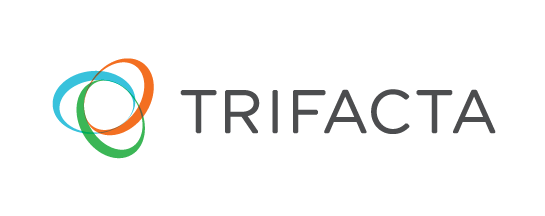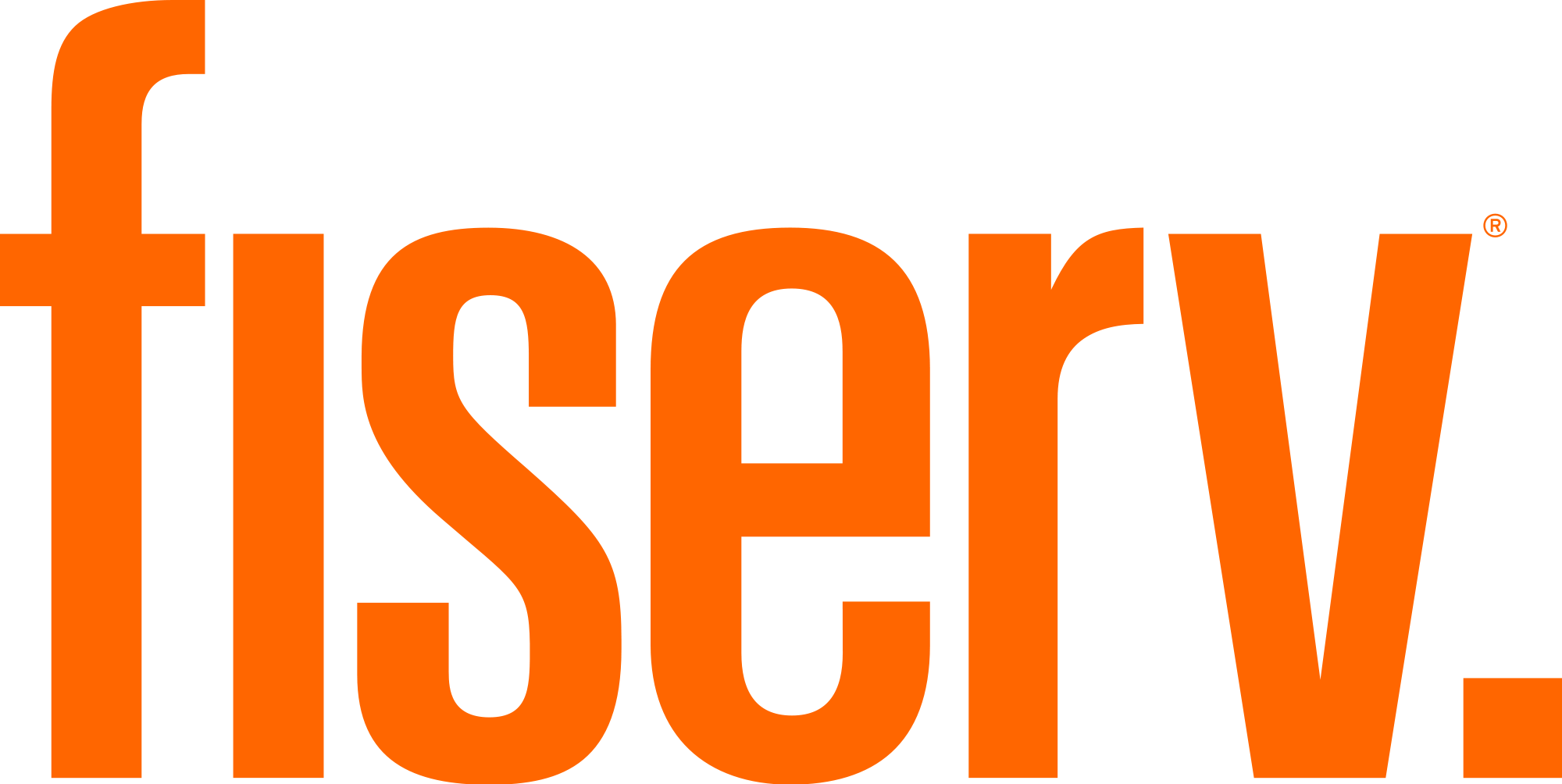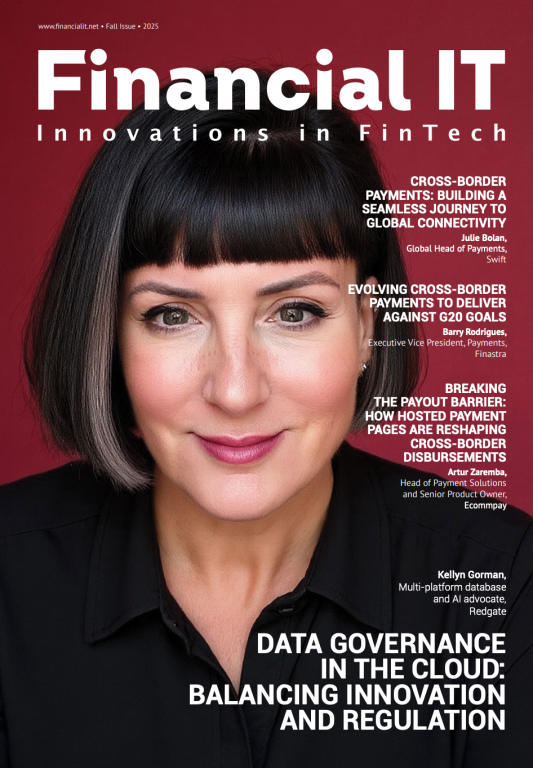Published

Ivy Schmerken
Editorial Director at FlexTrade
North American broker-dealers and asset managers domiciled in the U.S. are watching their European counterparts gear up for compliance with MiFID II. see more
- 09:00 am

Express Logic Inc. is global provider of royalty-free real-time operating systems (RTOS) with over 5.4 billion deployments. Today the giant has revealed the X-Ware IoT Platform™, for fast, safe, secure, industrial-grade connectivity of deeply embedded IoT sensors, devices, edge routers, and gateways.
The X-Ware IoT Platform is built on top of Express Logic’s high-performance ThreadX RTOS and NetX Duo dual IPv4/IPv6 TCP/IP stack. The X-Ware IoT Platform leverages all the benefits of NetX Duo and introduces new IoT protocol support for IPv6 over Low Power Wireless Personal Area Networks (6LoWPAN), Message Queue Telemetry Transport (MQTT), Constrained Application Protocol (CoAP) and Lightweight M2M (LWM2M).
Like all Express Logic products, the X-Ware IoT Platform provides high performance, boasts a small footprint, and is created in-house (contains no open-source code). The X-Ware IoT Platform is designed for the smallest of IoT devices. For example, X-Ware IoT Platform support for an 802.15.4 radio device (using 6LoWPAN, IPv6, UDP, DTLS, and CoAP) requires only 25KB of flash memory. This gives embedded developers of safety- and security-critical IoT devices plenty of room to add NetX Secure TLS or DTLS to secure data at the socket layer or NetX Duo IPsec to secure data at the network layer.
For its part, NetX Duo has been precertified at the highest level for safety standards that include industrial safety’s IEC 61508 SIL 4, medical’s IEC 62304 Class C, automotive’s ISO 26262 ASIL D, and rail transportation’s EN 50128 SW-SIL 4, as well as consumer appliance standards UL 60730-1 Annex H, CSA E60730-1 Annex H, IEC 60730-1 Annex H, IEC 60335-1 Annex R, and IEC 60335-1 Annex R, 1998.
Through NetX Duo, the X-Ware IoT Platform is seamlessly integrated with Express Logic’s ThreadX, and both products are certified to the same SIL 4 and ASIL D levels. Both products also support all major commercial processors, providing a powerful platform for developing safe, secure, high-performance device-to-cloud solutions in a small footprint.
Related News
- 04:00 am

Insurance companies are facing unprecedented challenges and opportunities where digital is no longer just a new way to package and sell traditional concepts, but something that will redefine the industry at its core.
The massive value of today’s $5 trillion global insurance market is impossible to ignore. Add to that over $1.63 trillion worth of new value to be unlocked if the industry is digitised by 2018 - and the industry becomes even more exciting. This is demonstrated in Cognizant’s recent report on the future of work in insurance, The Work Ahead – Seven Key Trends Shaping the Future of Work in the Insurance Industry. The report is part of a larger study for which Cognizant’s Center for the Future of Work interviewed 168 insurance company executives worldwide on their digital and technological priorities, how they view the opportunities presented by digital transformation and its impact on future developments in their business.
Insurance providers, traditionally focused mainly on their core business, should rethink what they do, and how they do it, in the face of change driven by data, automation and artificial intelligence (AI).
Digital is key
According to the research, approximately two-thirds of insurers (61%) believe that digitally-driven transformation is the key to their organisation’s commercial future. The data-driven insurance industry has much to gain from working with automation and machine learning that enhances the ability to analyse and create value through data.
For a corporation, being more strategic and specialised may mean targeting a micro-vertical niche, for example, bio-chemical research intellectual property protection, rather than continuing to pursue large, undifferentiated marketplaces. Furthermore, being more automated and technical may mean reducing costs in back-office business processes through the deployment of robotic process automation (RPA). Almost all respondents agreed with the statement that “the required skills to succeed in my industry are going to change significantly in the next three years”.
As such, by 2018, there will be five major business dynamics that will materially impact the future of work in insurance:
- Work will become more strategic than ever
- Work will become more specialised
- Work will become more automated
- We will work more with machines that enhance what humans already do
- Work will become more technical
In order to keep up with the competition, insurance companies should adapt to these dynamics and equip their employees with the relevant skills.
Data-based insights lay the ground for analytical skills
A significant number (68%) of insurance executives said that, in 2016, analytical skills were the most important. By 2020, this figure rises to 88%. Analytical skills will only grow in importance as businesses increasingly understand the power of data and data-based insights.
In contrast, 57% said “selling” was the second most important skill in 2016. By 2020, this figure will have remained relatively consistent and will only have grown to 61%. Respondents perceive selling remains very essential but that its importance will not grow substantially over the next few years. The ability to sell products and services will always remain relevant; however, other skills previously given less recognition, such as data analytics, are a key requirement for insurance companies, in a world increasingly driven by software.
Michael Clifton, Senior Vice President, global insurance strategy and ventures, Cognizant, comments:
“It is clear there is an industry consensus on the central role of data and analytics – both now and in the future – in shaping business models and commercial opportunities. In many ways, this is not a surprise, but the research confirms something profound: without a data-centric approach at the core of what an insurance company does and how it does it, some may struggle to maintain their current spot in a competitive industry – and unlock the trillions worth of new value in it.”
Related News
- 08:00 am

Related News
- 03:00 am

Streamlining systems and cutting costs through self-service
As retail banking goes through a period of unprecedented change, banks are looking more than ever to cut costs and streamline processes, while discerning customers continue to demand the highest standards in customer care. Self-Service Banking Europe 2017 provides a crucial forum for banks, independent deployers, solutions providers and industry experts to share knowledge and best practice, in order to navigate a course through this challenging but exciting time for the industry.
RBR’s Managing Director, Dominic Hirsch commented: “It has never been more important for retail banks to understand the needs of their customers and to learn about the latest technology at their disposal. This event provides the perfect opportunity for them and other industry stakeholders to learn, network, and share expertise.”
Vibrant speaker programme features visionary keynotes and expert insights
A packed two-day speaker programme features thought leadership addresses from some of the most important players in the banking and payments sectors, including the CEO of Diebold Nixdorf, Andy Mattes, on how to win customers in a connected commerce era, Microsoft on empowering financial services in the digital economy, Bank of America on designing a user-friendly self-service channel, and Google on the role of mobile payments in the emerging self-service ecosystem.
The programme also includes a wide range of bank case studies from across Europe and further afield, with leading institutions such as Barclays, Citibank, Santander and UniCredit sharing their experiences. Key themes include next-gen ATM transactions, digital transformation, ATM outsourcing, contactless, streamlining self-service operations, and machine learning.
Major expo showcases the newest self-service banking technology
In addition to its world-class speaker programme, the event features a sold-out expo area, with exhibitors* showcasing cutting-edge banking technology, from the latest ATM and self-service hardware and software to payments platforms and security solutions.
Related News

Chris Skinner
Chairman at Finanser.com
I got a laugh the other day when I referred to Grade II Listed Banks, but I was serious. For overseas readers, we have a system in Britain of listing heritage buildings. They have see more
- 06:00 am

In the wake of the successful introduction of the new £5 note in 2016, businesses now face the most complex part of the biggest upheaval of UK currency in decades, says Cummins Allison, the leading innovator and provider of coin and currency processing solutions. While the new one pound coin is expected to be introduced smoothly this month, the greater challenge to organisations and consumers alike will be the withdrawal of the old, paper five pound notes on May 5th and of the old pound coins on October 15th. While part of a dramatic strategy for improving the UK’s counterfeit resilience, the withdrawal has significant potential to confuse consumers, who may be left with large amounts of out-of-date currency if they aren’t given the right advice. To avoid this, businesses must ensure that they are able to educate consumers and help them either spend or exchange their aging currency before the deadline.
“Confused consumers are an open opportunity for counterfeiters: the harder it is for consumers to recognise legitimate currency, or to know what will be accepted at any particular time, the easier it will be for counterfeiters to pass off their own efforts as real and disseminate them among the population,” said Andrew Crowson, managing director of Cummins Allison UK. “Avoiding this means more than relying on natural churn, such as consumers spending or paying in their cash, to remove currency from circulation. Instead, consumers need to be encouraged to exchange their old for new. Businesses need to ensure that they are training their staff to inform customers on the upcoming expiry dates, and that they have the technology to make exchanging old money for new as simple as possible: for instance, with automatic currency counting machines.”
There are currently 1.553 billion one pound coins in circulation, and 25 percent of all cash payments are for one pound or less. The new coin’s 12-sided shape, milled edges and many other high security features are designed to make it the most secure coin in the world. Along with the new polymer ten and twenty pound notes, due to be introduced in September this year and by 2020 respectively, the new coins will reduce the risk of counterfeiting and extend the lifespan of the UK’s physical currency.
Ensuring that staff are trained to both recognise new currency and help customers understand the differences, and that machines designed to accept cash are updated to recognise the different properties of the new currency, will keep businesses operating in an economy where cash is still king, accounting for 45 percent of all payments.
“With the new pound coin, we have entered the most serious phase of the roll-out of new currency: from here, the process becomes more complex and there are more variables in play,” continued Crowson. “If businesses have the staff, the skills and the technology to help themselves and consumers deal with the switch, then the economy will quickly see the new benefits that this new currency can bring, from reduced counterfeits to a longer lifetime for cash. They will also reduce the chance of consumers becoming confused and disgruntled with the process, and prevent themselves being the target of misplaced anger from any members of the public who find out in the autumn that their collected currency has been removed from circulation.”
Related News
- 06:00 am

The expansion of global trade over the last 50 years has created industries, jobs and value on an unprecedented scale, driving innovation and technological advances and in the process, benefitting most of the countries, most of the time.
“While this growth has not been even, much can be done to ensure that future growth continues to support economic development,” says Vinod Madhavan head of transactional products and services for Africa at Standard Bank.
Global and cross-border trade is the fastest contributor to growth, supports domestic trade, small and medium enterprise formation and job creation. This has been especially evident in emerging markets over the last 30 years.
However, the growing trend towards de-globalisation in some developed markets, driven through concerns around job-losses due to automation and de-industrialisation, is resulting in an increasingly negative reputation for trade. In contrast though, the opportunity that trade presents for markets in Africa is potentially game-changing.
“Africa could increase its intra- Africa trade three fold and still not match Asia’s level of internal trade. In Asia, trade – and exports – have been central to the regions exponential growth, lifestyle improvements and stability of last 30 years,” explains Mr Madhavan.
Looking into the future, Africa is expected to grow as the second fastest growing region in the world over the next 4 years returning growth rates between 4 and 5 percent. As intra-African trade grows, this will drive even more growth and job creation on the continent. While the value of trade in Africa dipped in 2016 - tracking recent historically low commodity prices - the volume of trade trended upwards. This points to the depth, spread and longevity of trade and trade opportunity – beyond just commodities – in Africa.
“As commodities rebound, 2017 is expected to set new records in the volume and value of African trade,” says Mr Madhavan, “however, the point is not to get side-tracked by some of the current headwinds.”
Africa’s current headwinds are certainly real. There has been debt default in Mozambique, local currencies are losing value, US dollar and other hard currencies remains scarce within key economies, legislators do not always adopt the most efficient policies, political risks are real, and there have been over 10 bank defaults in a number of countries, in the near past.
“Despite the defaults seen over the last year, we are seeing greater accountability and transparency in the banking system across markets which provide a level of comfort for investors,” says Mr Madhavan. Perception however, remains key in Africa.
While Africa exhibits many of the risks endemic to emerging markets generally, “the concerns around operating in Africa are often much higher,” says Mr Madhavan. This is where banks like Standard Bank have a critical role to play, to reduce the perception gap that can materially affect people’s lives by diminishing the continent’s ability to trade.
Negative perceptions of trade can reduce the funding available for trade finance, widening the gap between the need for trade finance and the funding available. This is a characteristic of many emerging markets and acts to retard the positive effects of trade-fuelled growth, reducing the number of jobs created along with the development revenue generated.
“As an African bank, we need to be clear on how we help our client manage risk, by helping clients understand the headwinds in the right context and then delivering the solutions that mitigate such headwinds,” says Mr Madhavan. “Beyond managing risk, we work across all our markets in Africa to create an environment that allows people in Africa to do business within and between countries - as well as for people across the world to do business with Africa.”
Something as simple as a letter of credit enables a trade where one was not possible before. Every trade generates at least two jobs – one on either side of the letter of credit. Most trades generate many more.
Mr Madhavan expects 2017 to be the year that Africa recognises the huge opportunity available to the continent in driving regional and global trade.
While Standard Bank provides its clients with the tools and systems to conduct efficient trade on the continent, the bank also supports the evolution of new fintech applications aimed at improving the cost-effectiveness, speed and ease of trade in Africa.
Africa’s financial services industry is rich and varied. It is rich in the sense that in South Africa, for example, you have a financial services sector that leads even countries such as the United Kingdom, Germany and France in the Financial Market Development pillar of the Global Competitiveness Index (as mentioned in the World Economic Forum Global Competitiveness Report 2016-2017). It is varied since at the same time, in some African markets, legislators grant certain licences to corporates, that can only be used in a specific branch of a bank.
“This combination of world-leading expertise and capability, with untold opportunity for growth, defines the continent as a hot bed for innovation,” says Mr Madhavan.
By 2019, Mr Madhavan expects to see an indigenous technology that will support intra-regional trade in Africa, “probably designed by a tech start up in Cape Town or Nairobi, transforming the way cross-border and global trade happens in Africa.”
This kind of original technology that helps reduce friction in cross-border trade, could ensure that Africa benefits practically from the World Trade Organisation’s recent global trade treaty that is expected to boost global exports by US$ 1 trillion, “as we develop the mind-set, clear policy commitment to multilateral trade, and the platforms, to drive African development through trade-led growth,” says Mr Madhavan.
Related News
- 01:00 am

Fiserv Inc, a leading global provider of financial services technology solutions, has launched Credit Sense, a solution that enables financial institutions to meet consumer expectations for personalized credit information by integrating credit scores into the digital banking experience. Credit Sense provides a credit score, daily credit monitoring, insight into factors influencing credit score and free financial education resources. Credit Sense also helps financial institutions strengthen and grow member relationships through customized lending offers.
With Credit Sense, a person’s credit score can be displayed within the online or mobile banking user interface alongside their account information. Additional insights and offers are tailored to each user. Credit Sense incorporates technology from SavvyMoney, and will be available through multiple core account processing and online and mobile banking platforms from Fiserv.
According to the Expectations & Experiences: Channels and New Entrants consumer trends survey from Fiserv, 64 percent of U.S. consumers believe it is important or very important to know their credit scores. In addition, 39 percent said they know their credit score, 48 percent said they know the general range of their score and 13 percent did not know their score. Among early millennials ages 18 to 24, one third (33 percent) said they did not know their score. Financial journalist and author Jean Chatzky discussed how financial institutions can close this credit score gap in a recent video.
The Expectations & Experiences survey also revealed that 81 percent of U.S. consumers say there are one or two financial institutions they always turn to first for their financial needs. Credit Sense allows financial institutions to make pre-qualified lending offers based on a consumer’s credit score and their individual needs. The financial institution can then capture loans that might have been lost had consumers visited non-financial institution sites to obtain their credit score, and consumers are able to get a loan from their trusted financial institution rather than an unfamiliar provider.
“Star USA Federal Credit Union has been using Credit Sense for several months. We are seeing our members become more financially savvy as they monitor their credit scores,” said Tammy Wells, CFO of Star USA Federal Credit Union, a $155 million credit union based in Charleston, West Virginia. “Our ability to customize lending offers for our members’ needs has also allowed us to make a substantial number of new loans. We are extremely impressed by the potential this technology has demonstrated to benefit our members.”
Community Service Credit Union, based in Huntsville, Texas, has $94 million in assets and also recently started using Credit Sense.
“We are always looking for new ways to expand relationships and provide more value for our members, and Credit Sense is helping us do so,” said Brenda Hooker, CEO, Community Service Credit Union. “We also strongly support the notion of providing our members with free financial education, and allowing them to access credit scores and advice on how to improve their scores.”
“It’s a natural fit for financial institutions to provide credit monitoring capabilities and financial literacy resources,” said Byron Vielehr, group president, Depository Institution Services, Fiserv. “People trust their financial institutions and will turn to them first for their financial needs, including loans, particularly when they are able to access customized offers directly within digital banking.”
Related News
- 05:00 am

Amazon and Netflix are not only acquiring documentaries and films, but are also heavily involved in producing their own content using UHD technologies, according to a white paper released by, a world leader in critical information, analytics and solutions, ahead of Cable Congress 2017.
Subscription Video on Demand (SVoD) services have among the lowest revenue per hour of content viewed and of paid content services, making premium content a greater investment. While films comprise the largest number of UHD titles, TV series offer a better return on hours of content viewed per dollar invested, the IHS Markit white paper said.
In the UK, Netflix offers 63 UHD titles. Amazon Prime and Amazon Instant have 28 and Sky has 26. “Online video producers generally offer a broader range of UHD genres than traditional pay TV platforms,” said Jonathan Broughton, senior home entertainment analyst, IHS Markit. “To compete, the budgets have grown dramatically to fulfill their ‘blockbuster’ needs. We are now seeing TV drama budgets around the same levels as major theatrical releases. This means that more expensive production methods involved in UHD make up a smaller proportion of the total budget.”









